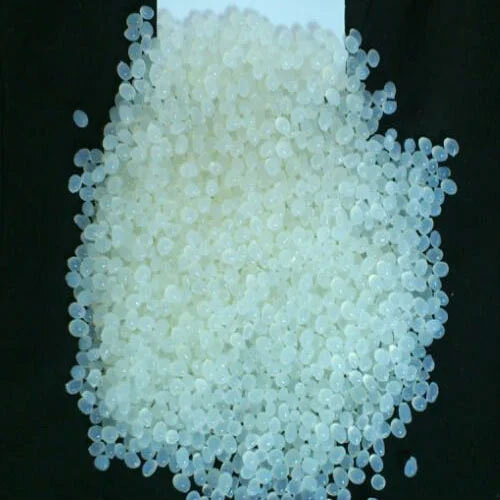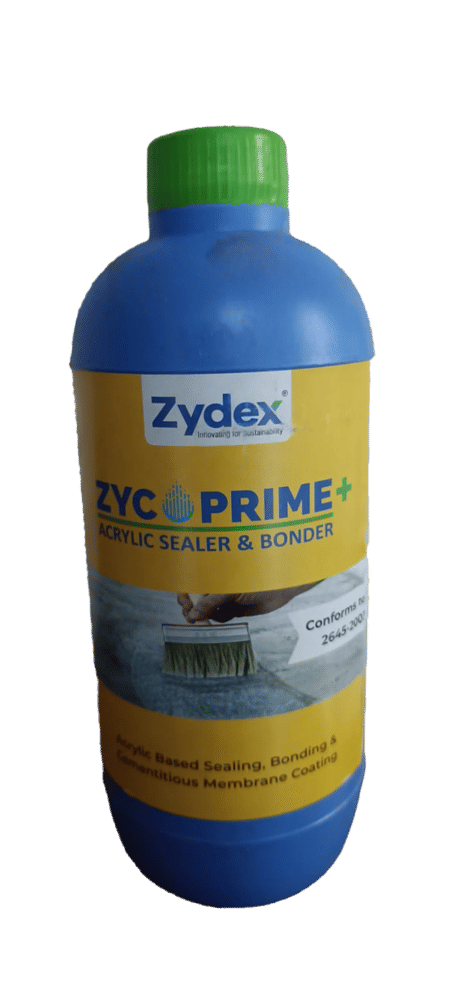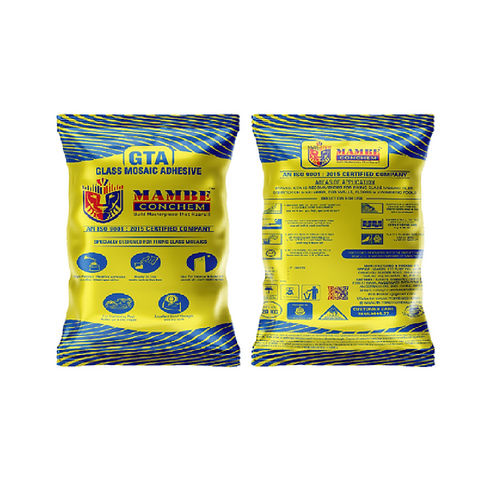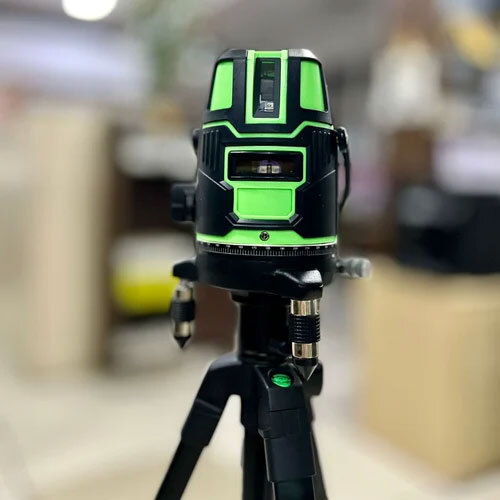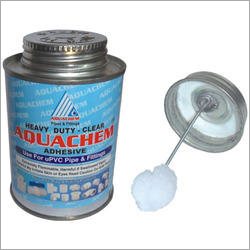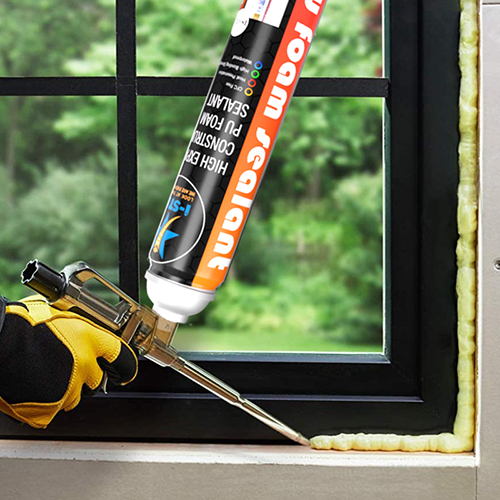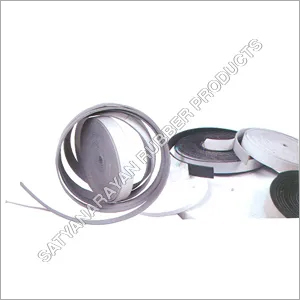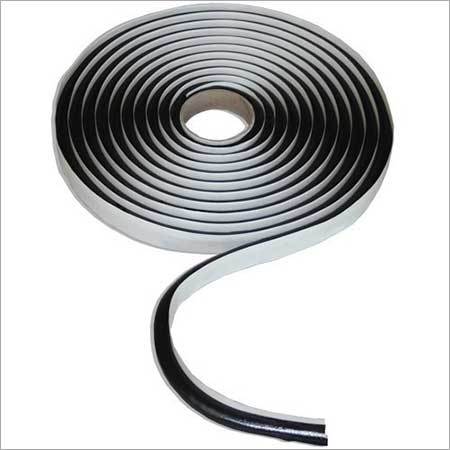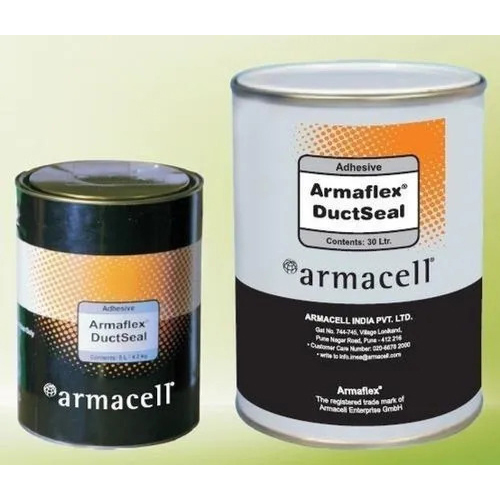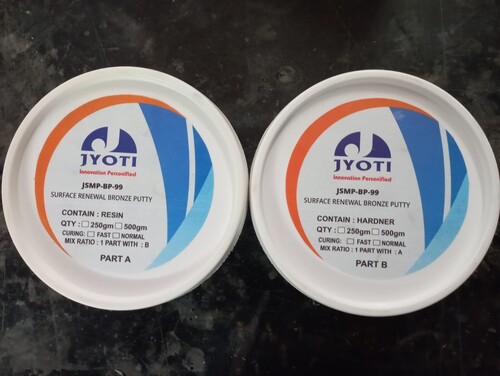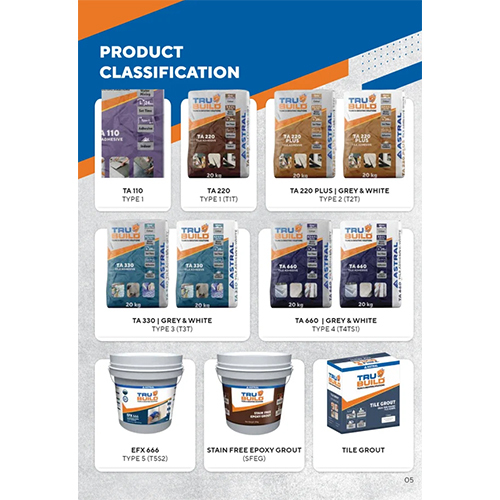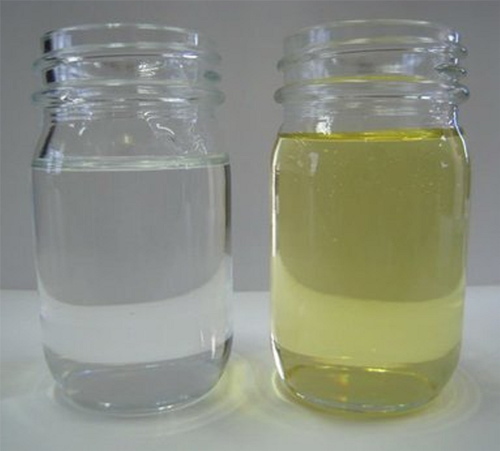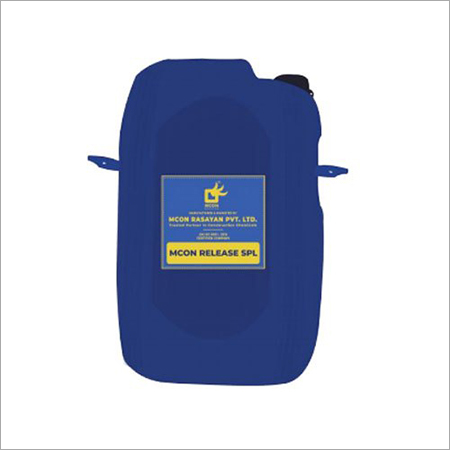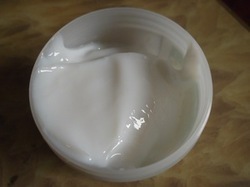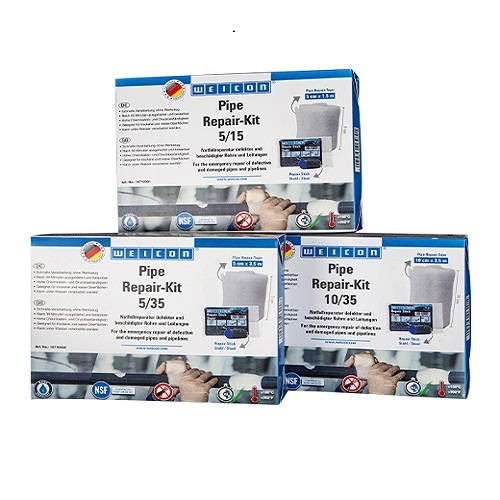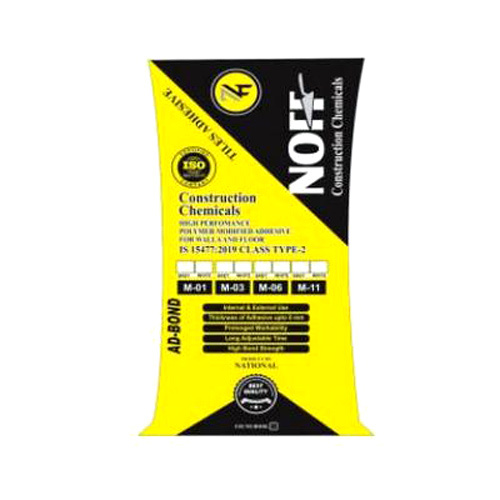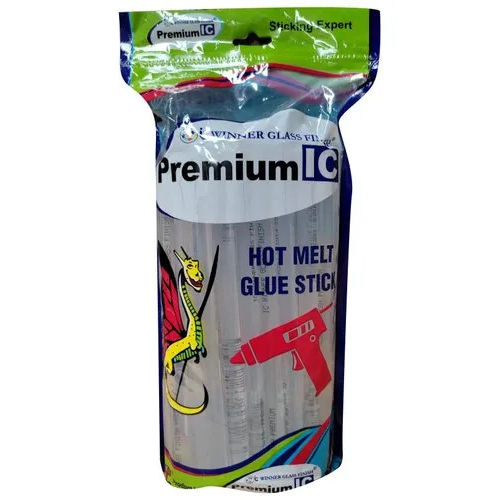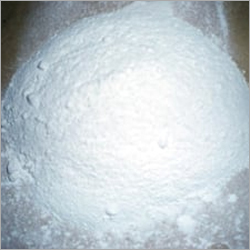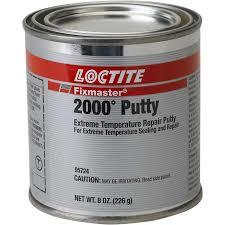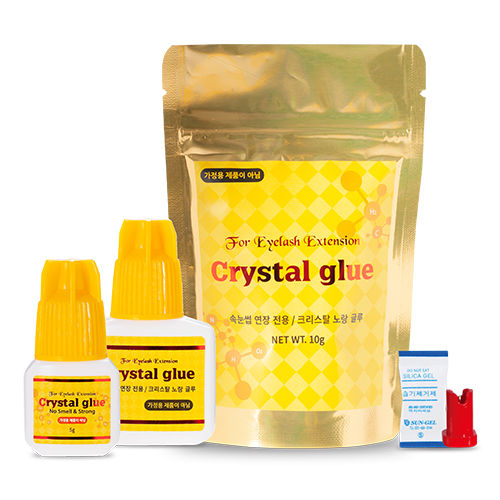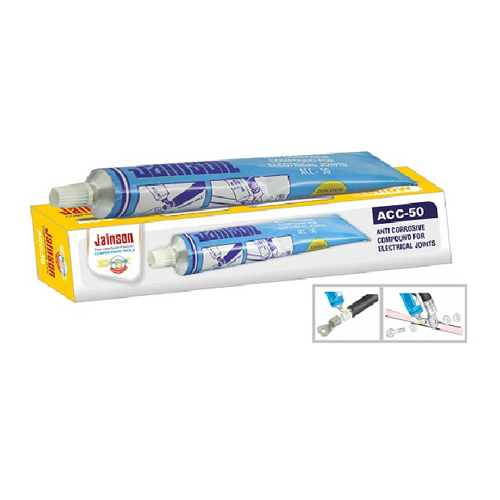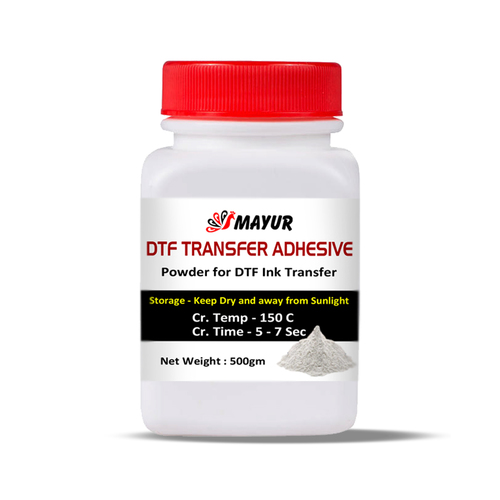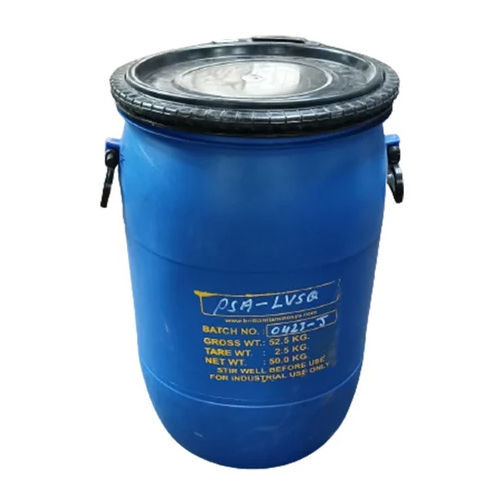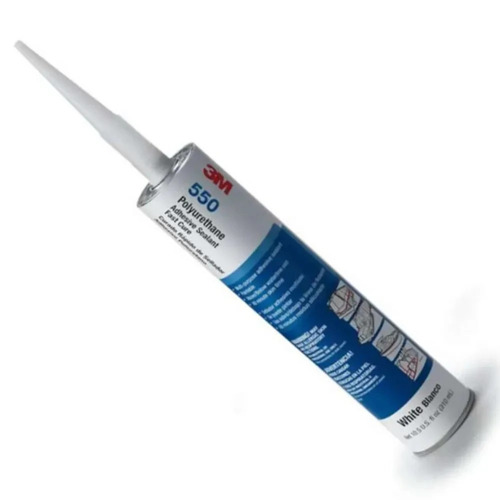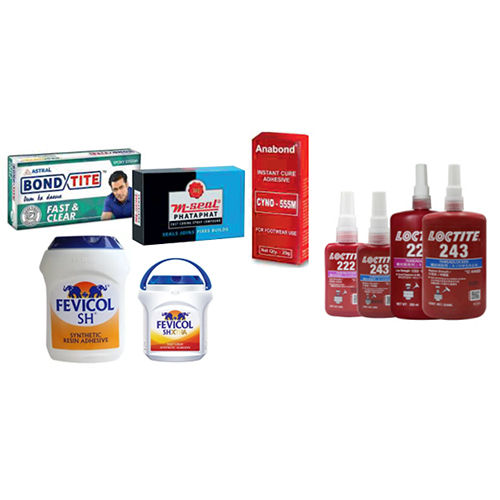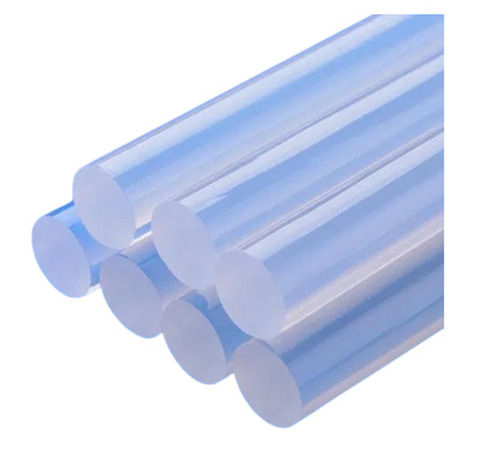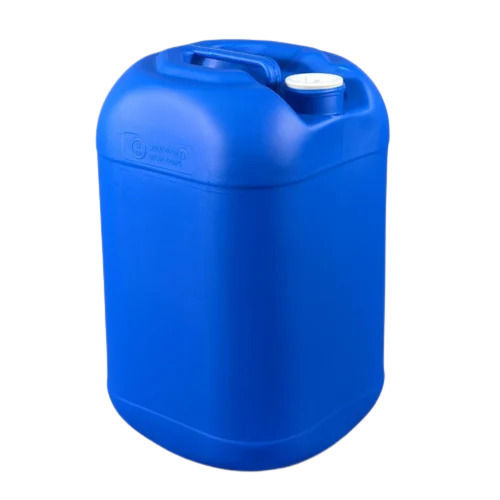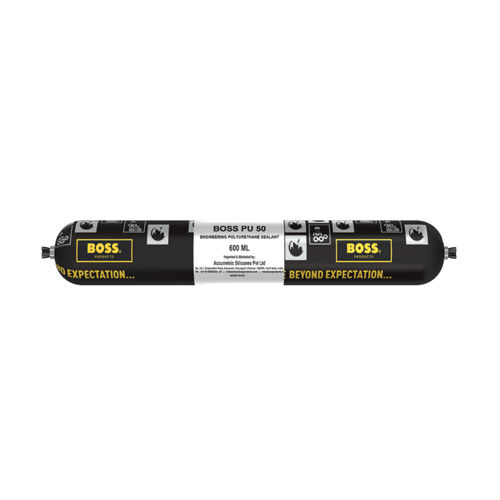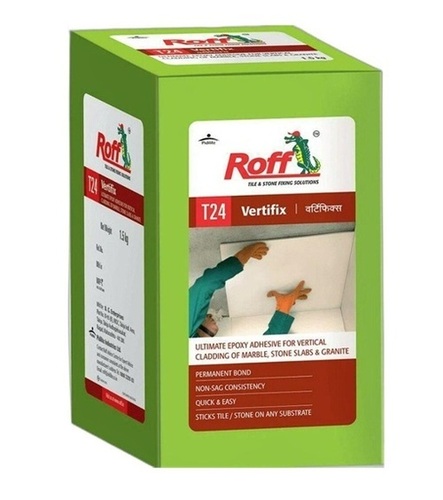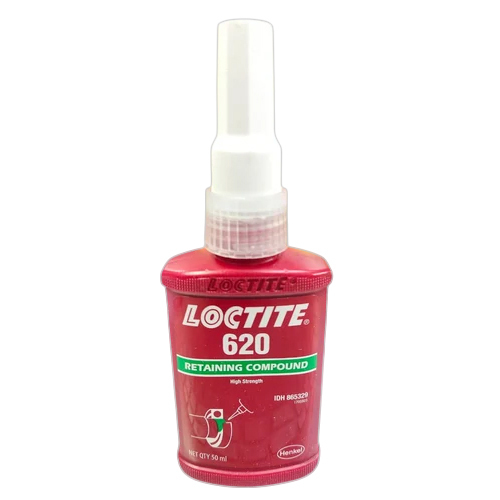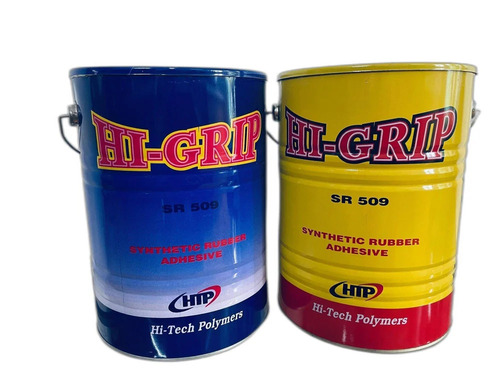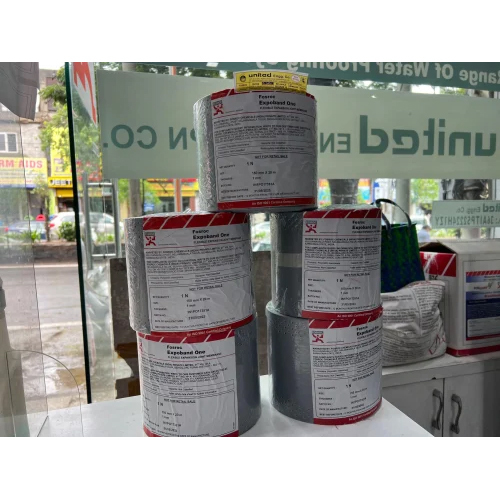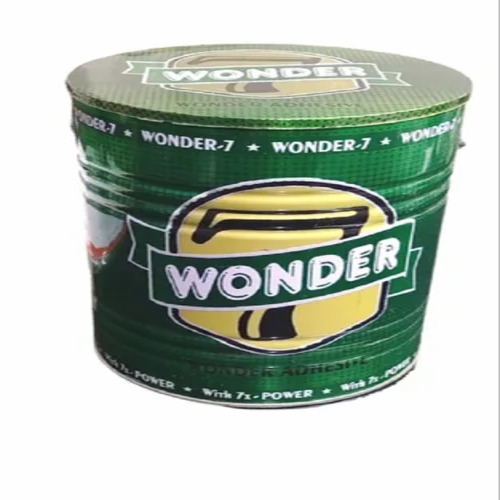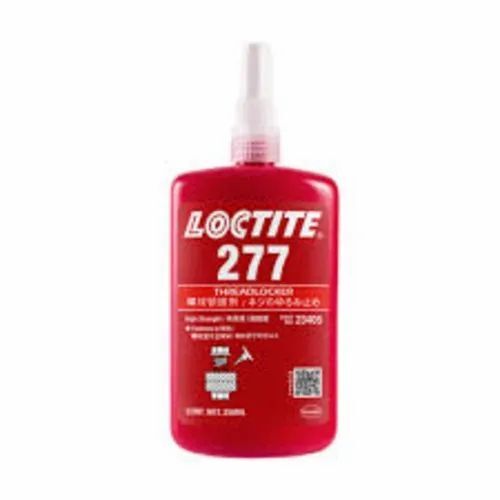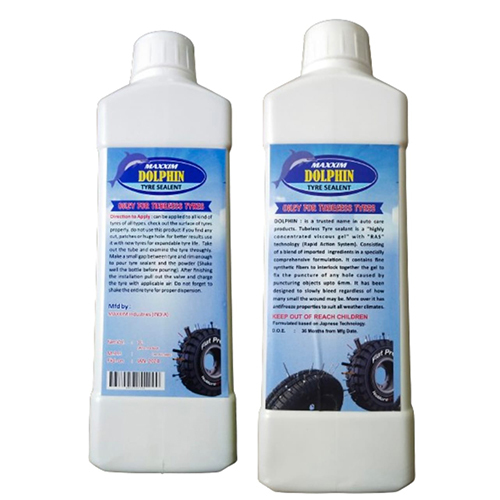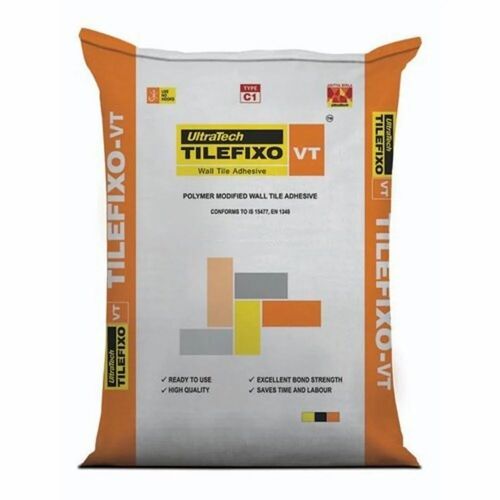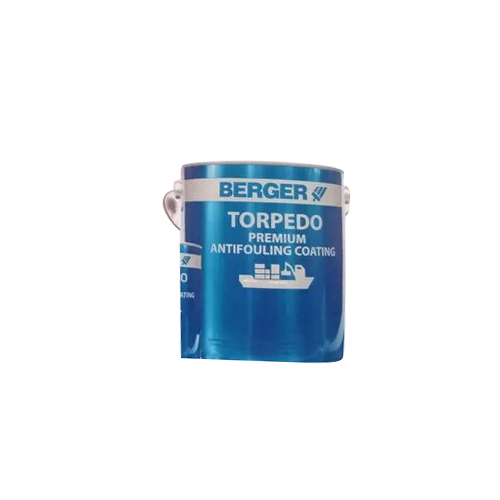Adhesives & Sealants
(6845 products)Hot Melt Adhesives - Application: Industrial
Price: 400 INR/Kilograms
MOQ25 Kilograms/Kilograms
ColorTransparent
GradeIndustrial Grade
ApplicationIndustrial
Physical StateGranular
Orevac OE850 White Industrial Adhesive
Price: 215 INR/Kilograms
MOQ100 Kilograms/Kilograms
ColorWhite
Storage TemperatureRoom Temperature
UsageOther
GradeIndustrial Grade
ApplicationIndustrial
Physical StateGranular
Zydex Zycoprime - Application: Waterproofing
Price: 6225.0 INR/Kilograms
MOQ20 Kilograms/Kilograms
UsageConstruction
GradeIndustrial Grade
PurityHigh
ApplicationWaterproofing
ColorWhite
Physical StateLiquid
Tile Adhesive - Nano-Enhanced Formulation | Superior Bond Strength, Waterproof, Flexible Application
Price: 1000 INR/Kilograms
MOQ20 Kilograms/Kilograms
Payment TermsCash on Delivery (COD), Cash Advance (CA)
Main Domestic MarketMaharashtra
Facile Laser Level 4V1Hll - Industrial Grade, Green and Black | Precision Alignment Tool for Professional Applications
Price: 6499 INR/Piece
MOQ1 Piece/Pieces
ColorGreen And Black
GradeIndustrial Grade
Mm2mm Products
Navi Mumbai
 Super Premium
Super Premium9 Years
 Super Premium
Super PremiumUpvc Heavy Duty Adhesive - Color: Multicolour
Price: 1000 INR/Piece
MOQ1 Piece/Pieces
ColorMulticolour
GradeIndustrial
Purity98%
Physical StateLiquid
Aquachem Industries Pvt. Ltd.
Ahmedabad
Polyurethane Foam Sealant - Color: White
Price: 210.0 INR/Piece
MOQ192 Piece/Pieces
Materialpolyurethane
UsageConstruction
GradeIndustrial Grade
Purity99%
ColorWhite
Physical StateOther
Instabiz Solutions India Private Limited
Mumbai
Industrial Self Adhesive Strips - Color: White
Price: 25.00 INR/Piece
MOQ50 Piece/Pieces
UsageConstruction
Purity98%
ApplicationIndustrial
ColorWhite
Physical StateSolid
Satyanarayan Rubber And Plastic Industries
Ahmedabad
Butyl Rubber Sealants - Application: To Seal Exterior Surfaces
Price: 130 INR/Roll
MOQ50 , Roll/Rolls
ColorWhite
MaterialRubber
Other NamesButyl Rubber Sealants
UsageConstruction, Packing
GradeIndustrial
Applicationto seal exterior surfaces, seams and joints of engineering structures of residential, public and industrial buildings and facilities
Expanded PTFE Joint Sealant - 100% PTFE Material, -260 to +260 ºC Working Temperature, 20Mpa Pressure Limit | Excellent Elasticity, Corrosion Protection, Low Creep Relaxation
Materialptfe
Working Temperature-250 to +315 Celsius (oC)
Corrosion ProtectionYes
Dhwani Polymer India Private Limited
Ahmedabad
Epoxy Adhesives - Industrial Strength, High Viscosity Formula , Heat and Chemical Resistant
Price: 400 INR/Piece
MOQ1000 Piece/Pieces
Product DescriptionEpoxy Adhesives
Ductseal Adhesive - Application: Recommended For Duct Insulation
Price: 215 INR/Piece
MOQ1 Piece/Pieces
MaterialRubber
ColorPale Yellow
Adhesive TypeHot Melt
UsagePacking
ApplicationRecommended for duct insulation
Physical StateLiquid
Bronze Putty - Color: Grey
Price: 5650 INR/Kilograms
MOQ1 Kilograms/Kilograms
Adhesive TypeWater Activated
ColorGrey
FormPaste
Shelf Life12 Months
GradeChemical Grade
Purity99%
Jyoti Innovision Pvt. Ltd.
Ahmedabad
 Super Premium
Super Premium Super Seller
Super Seller11 Years
 Super Premium
Super PremiumAstral Tile Adhesive - Application: Industrial
Price: 450 INR/Bag
MOQ10 Bag/Bags
GradeA
ApplicationIndustrial
ColorMulti Color
Physical StateLiquid
Paint Adhesives
Product DescriptionWe are engaged in providing a extensive range of castor oil and its derivatives which are used in Paints, Inks & Adhesives and are meeting to meet the varied requirements of our customer. These products are available in market at competitive rates
Transparent & Amber Epoxy Adhesive
Price: 200 INR/Kilograms
MOQ200 Kilograms/Kilograms
Storage Temperaturebelow 30 Celsius (oC)
Glue thickness1 to 5 mm Millimeter (mm)
Adhesive TypeOther
UsageConstruction, Furniture
Gradeindustrial
Purity99.99%
Mcon Release Spl Application: Industrial
Price: 50000 INR/Liter
MOQ200 Liter/Liters
ColorTransparent Clear
UsageConstruction
ApplicationIndustrial
Physical StateLiquid
Hvac Adhesives - Color: White
Price: 150 INR/Liter
MOQ30 Liter/Liters
GradeIndustrial
Purity98%
ColorWhite
Physical StateOther, Paste
Jayfluoride Private Limited
Vapi
 Trusted Seller
Trusted Seller17 Years
Dark-Grey Pipe Repair-Kit
Price Trend: 900-14000 INR/Kilograms
MOQ12 Unit/Units
Glue thickness15 Millimeter (mm)
Storage Temperature18-25 Celsius (oC)
MaterialOther
Adhesive TypeWater Activated
Holding Power35 Newtons per Millimetre Squared (N/mm2)
UsageConstruction, Other, Furniture, Footwear
Lakshmi Electro Controls & Automation
Bengaluru
White Tile Adhesive - Features: A High Flex
Price: 490.0 INR/Kilograms
MOQ20 Kilograms/Kilograms
FeaturesaEURZHigh Flex
FormPowder
Adhesive TypeWater Activated
HardnessNO
UsageConstruction
GradeIndustrial
Hot Melt Glue Stick - PVC Solid, Transparent Color, 98% Purity for Industrial Applications
Price: 288 INR/Pack
MOQ100 Piece/Pieces
MaterialPVC
Purity98%
ApplicationIndustrial
ColorTransparent
Physical StateSolid
White Micro Silica - 92% Purity, High Strength Grade Powder , Grey Silicone for Concrete Applications
Price: 18 INR/Kilograms
MOQ20000 Kilograms/Kilograms
MaterialSilicone
ColorGrey
UsageConstruction
GradeHigh Strength Grade
Purity92
ApplicationConcrete
Loctite 2000 Degree Putty Application: Seals High Temperature Leakages In Exhaust Pipes
Price: 19060 INR/Piece
MOQ1 Piece/Pieces
ApplicationSeals High Temperature Leakages in Exhaust Pipes, Generators
Physical StateLiquid
Jay Agenciez
Surat
 Trusted Seller
Trusted Seller Super Premium
Super Premium Super Seller
Super Seller20 Years
 Super Premium
Super PremiumCrystal Yellow Eyelash Glue Grade: Cosmetic Grade
Price Trend: 4.50 - 4.80 USD ($)/Piece
MOQ100 Piece/Pieces
Storage Temperatureas per industry Celsius (oC)
MaterialPVC
Other NamesCrystal Yellow
UsageOther
GradeCosmetic Grade
Purity100%
Starproof Wf Sp 600 20 Kg - Grade: Industrial Grade
Price: 190 INR/Liter
MOQ20 Kilograms/Kilograms
Adhesive TypePressure Sensitive
Other NamesStarproof Wf Sp 600 20 Kg
GradeIndustrial Grade
PurityHigh
Physical StateLiquid
Shree Om Sales Corporation
Pune
Anti Corrosion Crimping Paste - Application: Industrial
MOQ100 Unit/Units
UsageConstruction
Purity99%
ApplicationIndustrial
ColorWhite
Physical StateLiquid
Matrix Electricals
Coimbatore
 Trusted Seller
Trusted Seller1 Years
Dtf Hot Melt Powder - Warranty: Yes
Price: 850 INR/Kilograms
MOQ5 Kilograms/Kilograms
WarrantyYes
Psa Lvsq Pressure Sensitive Adhesive Application: Commercial
MOQ100 Liter/Liters
Adhesive TypePressure Sensitive
GradeFirst Class
PurityHigh
ApplicationCommercial
Physical StateLiquid
Latest From Adhesives & Sealants
Industrial Sealants
By:
One Stop Shop Solutions
Eco-Friendly 99.9% Pure A Grade High Strength Araldite Epoxy Adhesive
By:
Aditya Enterprises
Boss Pu 50 Polyurethane Adhesives Sealants
By:
Jineshwar Tradelink
Explore More Cities
Ready To Ship Adhesives & Sealants
What are adhesives and sealants?
Adhesives
The ability of an adhesive to hold two surfaces together under stress for an unlimited period of time is what makes it so useful. Due to their high tensile and shear strengths, adhesives can be used as effective bonding materials under extreme stress. They can create permanent bonding if applied with precision utilizing a meter/mix dispensing device or adhesive dispenser. Both structural and non-structural adhesives exist.
Sealants
A sealant's purpose is distinct from that of an adhesive, and its strength is typically lower. Sealants are frequently used to close off spaces and prevent the surfaces they are applied on from shifting in relation to one another. Sealants provide for greater assembly flexibility, despite adhesives' superior strength. Acrylic systems, silicones, and urethanes are all good examples of sealants.
What are adhesives and sealants and how do they work?
The sealants perform their function by completely filling the void between mating male and female threads. Sealants and adhesives come in a wide variety of forms, and there are numerous factors that may be used to determine which one is best for a certain application.
If you want your sealant to stick to a certain surface, a primer is a must. Primer's limited shelf life is offset by the 20% improvement in adhesion it provides. Using a solvent-based primer, which can be applied with a brush or a cloth, can strengthen your bond.
Most commercial sealants on the market now cure at a rate of a couple of millimeters per 24 hours, which means that they will not stay forever if left in the tube. When exposed to high temperatures and humidity, their shelf life drastically decreases.
Remember that other people and animals may enter the area you are working in, so keep your silicone applicator out of the reach of curious onlookers. If your adhesive has a strong smell, make sure to work in a well-ventilated location.
Are sealants and adhesives the same?
No, they are not the same when used for different purposes.
Sealants VS Adhesives
- Sealants are used to fill up cracks and crevices in order to keep out debris like dirt, dust, and water. Typically, adhesives are created to permanently bond two surfaces together.
- Adhesives are designed to firmly attach two surfaces by bonding them together, while sealants are used solely to prevent leaks and gaps.
- Long-lasting adhesion is difficult to achieve with sealants, and adhesives sometimes fail to dry properly when applied to an outside surface.
- Most sealants have a paste-like consistency, making it easy to fill gaps between substrates and resulting in minimal shrinking. Adhesives are applied as liquids and then harden to bond various materials together.
- In comparison to sealants, which are far more flexible and weaker, the adhesive will provide a harder and more long-lasting feel and aesthetic.
What are the types of adhesives and sealants?
Adhesive types:
1. Super Glue
Super glue refers to any cyanoacrylate adhesive. A strong and long-lasting bond can be made using these Adhesives & Sealants on a variety of materials, including metal, plastic, rubber, glass, and ceramics. Keep it off your skin as much as possible because of how quickly it adheres.
Since the nozzle of the tube frequently becomes clogged as a result of the instant bond with plastic, it is more convenient to purchase numerous smaller tubes rather than one large one.
2. PVA
PVA is available in a variety of strengths and can be used on porous materials including wood, paper, fabric, and certain plastic, and it is inexpensive. The regular strength version is widely used for DIY projects.
3. Epoxy Resin
Epoxy resin, also called two-part adhesive, is made up of two components: the resin itself, and a hardener. By reacting chemically when the two components are combined, epoxy forms a strong seal that is both impervious to water and resistant to extremes in temperature.
In addition to its long lifespan, it is also resistant to chemicals and solvents. It's interesting since it doesn't shrink when cured, which only adds to its durability.
A very high-performance adhesive, this is utilized in the manufacturing and maintenance of airplanes, boats, cars, and sporting goods. Even the most rigid formulas can fill gaps with remarkable efficiency. Epoxy resin can be applied to a wide variety of materials, including wood, metal, plastics, glass, ceramic, and stone.
4. Tile Adhesive
The most typical cause of a botched tiling project is the application of improper adhesive. Talk to a sales associate at your nearby Topline about what adhesive will work best for your project, as it will vary depending on the tile, the wall or floor surface, and the surrounding environment.
If you're looking to save money somewhere, this isn't the place; instead, spend more on higher-quality options.
5. Instant Adhesives
Instant adhesives are glues made from cyanoacrylate. On most surfaces, they cure in seconds at normal temperature, allowing for rapid mechanical resistance. From fully liquid to thick gels, you can get them. Methyl is used for metals, ethyl is a general glue, and alkoxy is odorless; all three chemical compositions serve specific objectives.
Sealants Types:
1. Silicone Sealant
Silicone sealant is widely used as a joint sealant. Depending on the task at hand and the environment, different types are available. Some formulations have a fungicide that makes them mold-resistant; this makes them ideal for use in wet environments like showers and bathrooms.
There are also high-temperature solutions that are excellent for sealing oven doors and food-grade silicone sealants that can be used in kitchens.
2. Face Sealants
By providing a permanent and impenetrable seal between two surfaces, face sealants have largely replaced traditional pre-cut gaskets. They are resistant to heat, cold, pressure, oxidation, and shaking because of the robust chemical makeup of these items.
Both fast-curing polymers and anaerobic liquids can be used as liquid face sealants. Rapid curing at room temperature and the use of common tools make these sealants convenient for temporary or permanent surface connections.
3. Gaskets & tape
Mechanical seals can be made with gaskets and tape. Rubber or metal gaskets are frequently used to prevent leaks between two mating surfaces because they distort and fill the space. Typically, they are seen on pressure gauges.
Plumber's tape, often known as Teflon tape, is a type of sealing tape commonly used to seal threads on plumbing fixtures.
A filler for a tight, leak-free connection, it is a white, non-sticking tape that is wrapped around the male thread before it is connected to the female thread.
4. Joint Lockers
In place of welds and mechanical retainers, joint lockers provide for greater flexibility and durability. Using these, you may secure cylindrical parts like bearings, sleeves, pin hubs, pulleys, and gears from becoming loose due to stress or vibration.
Locking connections in place, joint lockers cure anaerobically to generate a robust film in the gaps between the joints.
5. Acrylic
These are resistant to shrinking and the sun's rays, making them ideal for use in exterior settings. The application of acrylics can be challenging, and the material itself is inflexible.
6. Butyl
Sticks to many different surfaces but is difficult to apply because of its thicker viscosity. They're easily worn down by friction, and they can't handle the shearing pressures introduced by certain kinds of motion. Construction use is too taxing for them.
7. Polysulfide
Great pliability at sub-freezing temperatures, no UV degradation, and suitability for usage in marine settings. Polysulfides tend to have higher quantities of volatile organic chemicals and are more expensive than other sealants (VOCs).
8. Polyisobutylenes
Possess the bulk and flexibility of natural rubber but are more resilient, resistant to chemical attack, and impermeable than the latter. Due to their resistance to the passage of vapor and gases, they are frequently utilized as the principal seal for insulating glazing units (IGU).
9. Polyurethane
Sticks well to most substrates with minimal substrate preparation and is the go-to option for most contractors. Because of their high adhesion and mobility, they are also resistant to abrasion and shear pressures.
FAQs: Adhesives & Sealants
Q. What are the five uses of adhesives?
Ans. Here are the five uses:
- Uses in the transportation industry
- Doro and Window Assembly
- HVAC Manufacturing
- Prefabricated houses
- Packaging
Q. What is a sealant used for?
Ans. Mechanical seals, like those created with sealant, are used to prevent the leakage of fluids via cracks and other gaps in various materials. Construction sealant, commonly known as caulking, can prevent dust, noise, and heat from escaping a building.
Q. What are the two basic types of adhesives & sealants?
Ans. Polymer Dispersion Adhesives and Solvent-based Adhesives are two common types of adhesives and Sealant.
Q. What is the difference between silicone and adhesive?
Ans. Silicone sealants plug gaps and prevent leaks, and silicone adhesives are used to connect two surfaces together. To fully develop its sealing characteristics, a silicone sealant must first "cure" or "dry" from its liquid state. Adhesives are substances capable of keeping at least one or two surfaces together in such a strong and suitable situation.
Manufacturers & Suppliers of Adhesives & Sealants
Company Name | Member Since |
|---|---|
Jayant Agro-Organics Ltd. Mumbai, India | 23 Years |
Aquachem Industries Pvt. Ltd. Ahmedabad, India | 22 Years |
Jay Agenciez Surat, India | 20 Years |
Satyanarayan Rubber And Plastic Industries Ahmedabad, India | 19 Years |
Lakshmi Electro Controls & Automation Bengaluru, India | 19 Years |
Jayfluoride Private Limited Vapi, India | 17 Years |
Adinath Industries Kishangarh, India | 17 Years |
Vision Media (Calcutta) Pvt. Ltd. Kolkata, India | 16 Years |
Osaka Rubber Pvt. Ltd. Mumbai, India | 14 Years |
Dhwani Polymer India Private Limited Ahmedabad, India | 13 Years |
Popular Products


